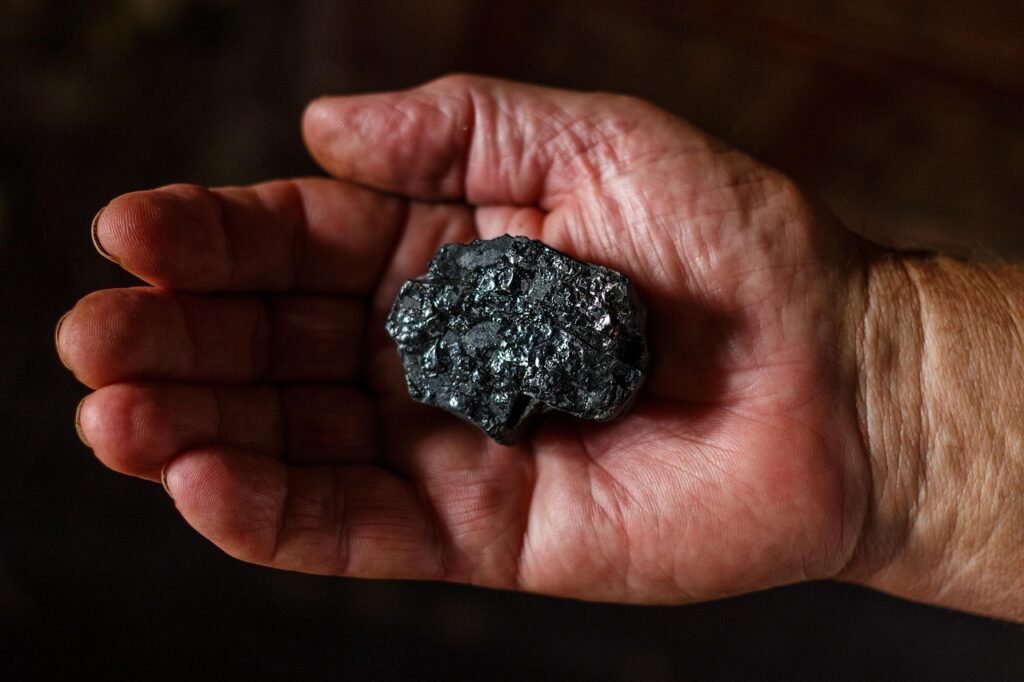Mexico has 48 active coal mining centers, according to the results of a recent study conducted by the Ministry of Economy.
As the world’s leading producer of silver and 12 other minerals, the Mexican mining sector represents a key opportunity.
Coal mining centers
The Ministry of Economy conducted a semi-detailed geological study and an inventory of active graphite mines.
In Coahuila, a coal resource update study estimated 998,108,862 tons of coal in situ. In addition, in the coal-producing region covering Coahuila, Nuevo León, and Tamaulipas, 48 active mines were identified with a monthly production of 198,900 tons.
Coal is essential for the steel and electricity industries, especially for the coal-fired power plants in the northeast operated by the Federal Electricity Commission (CFE). Graphite, meanwhile, is required for electromobility, electronics, specialized coatings, and biopolymers.
Mineral deposits
Based on the results of exploration in different areas of interest, in December 2024 the Ministry of Economy proposed the El Represo project in Sinaloa. It was recommended as a geological area of interest for inclusion in the agency’s portfolio. Sampling showed gold and copper values that justify continuing exploration in greater detail, in addition to favorable infrastructure conditions.
Twenty-five areas of geological interest with the potential to contain economically viable mineral deposits were also verified. Of these, 10 are located in Sonora, covering 49,862 hectares, with the possibility of copper. The other 15 areas, containing polymetallic minerals, are located in Chihuahua, Durango, Nuevo León, Sinaloa, and Zacatecas.
To support small and medium-sized mining, the Secretariat prepared eight technical studies: one geological advisory study in Chihuahua, one geological assessment study in Querétaro, and six technical visits to Colima, Guanajuato, Hidalgo, Puebla, and Oaxaca.
In Chihuahua, Coahuila, Durango, and Sonora, five geological research studies were conducted at the regional, semi-detailed, and detailed levels, focusing on radioactive and associated minerals. In the Los Fresnos area in Chihuahua and La Sierra de la Vasca in Coahuila, anomalous rare earth contents were detected, contributing to the exploration of strategic elements for the energy transition.

